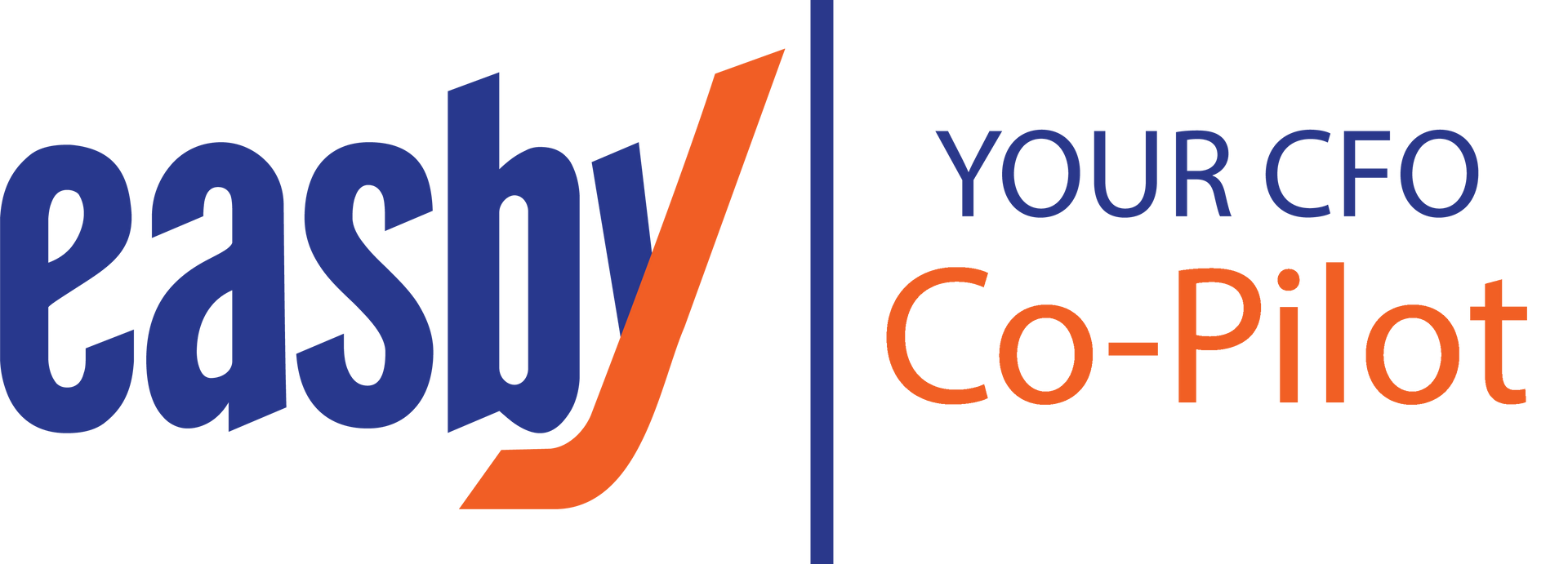Finance as a Service: Technology + Services = Success
Share this article:
Rose Report: Issue 38
 Finance and accounting technology isn’t just a shiny new object, it’s the path to knowledge and the tool to financial clarity. It isn’t an unnecessary expense, it’s a necessity for businesses that want to achieve more.
Finance and accounting technology isn’t just a shiny new object, it’s the path to knowledge and the tool to financial clarity. It isn’t an unnecessary expense, it’s a necessity for businesses that want to achieve more.
Not too long ago, finance and accounting professionals relied on a calculator as their tool of choice. And, some still do. Obsolete financial and accounting systems can hamper business growth because they lack the ability to provide a “big picture” view.
When utilizing outdated systems, CEOs are forced to rely on piecemealed reports and don’t have access to the timely and accurate information they need to make smart business decisions. Fortunately, there is a paradigm shift in the finance and accounting outsourcing industry towards Finance as a Service (FaaS), a solution that integrate leading-edge technology and high-value support services.
Finance as a Service Offers an Integrative Accounting Solution
As a pioneer in finance and accounting outsourcing, Rose Financial Solutions (RFS) has been at the forefront of the technology evolution and in delivering FaaS solutions.
According to Accounting Today, “[There] is a small subset of firms whose success is predicated on deploying and even developing the right tools, and Ted Rose’s is one of those. A long-time pioneer of accounting outsourcing, Rose has led his firm in continuous innovation and improvement, including building an entire suite of custom software that aims to give his clients powerful tools for automating finance and accounting functions with digital workflows, and even developing a mobile app to give them near-real-time access to critical financial information.”
Going beyond traditional finance and accounting outsourcing, RFS’ FaaS solution combines its state-of-the-art technology RFSWorkflow with access to an entire finance and accounting department. The technology provides a complete picture of your company’s performance while allowing you to drill into the details. The people
deliver high-value support, including financial management and strategic guidance.
with access to an entire finance and accounting department. The technology provides a complete picture of your company’s performance while allowing you to drill into the details. The people
deliver high-value support, including financial management and strategic guidance.
Our FaaS Solution RFS Workflow
What makes our RFSWorkflow so unique is that it turns your current accounting system into an invaluable business intelligence tool with functionality traditionally only available in an Enterprise Resource Planning (ERP) system. By tying all your financial and non-financial information together into a high-level dashboard, you can:
- Access financial information in near real-time, anytime, anywhere
- Calculate, monitor, measure and compare key performance indicators (KPIs) against your goals
- View monthly financial packages and historical transactions
- Approve bills, payroll and billing
- Authorize and issue payments and more
Whether you are looking for a fully staffed solution that includes RFSWorkflow and our people or just need support in specific areas of your accounting and finance department, we configure your solution to fit your needs. Set a course for confident business decisions and achieve more.
Learn more about our FaaS solution by visiting our Accounting Outsourcing Technology Page.
Visit Us On:





